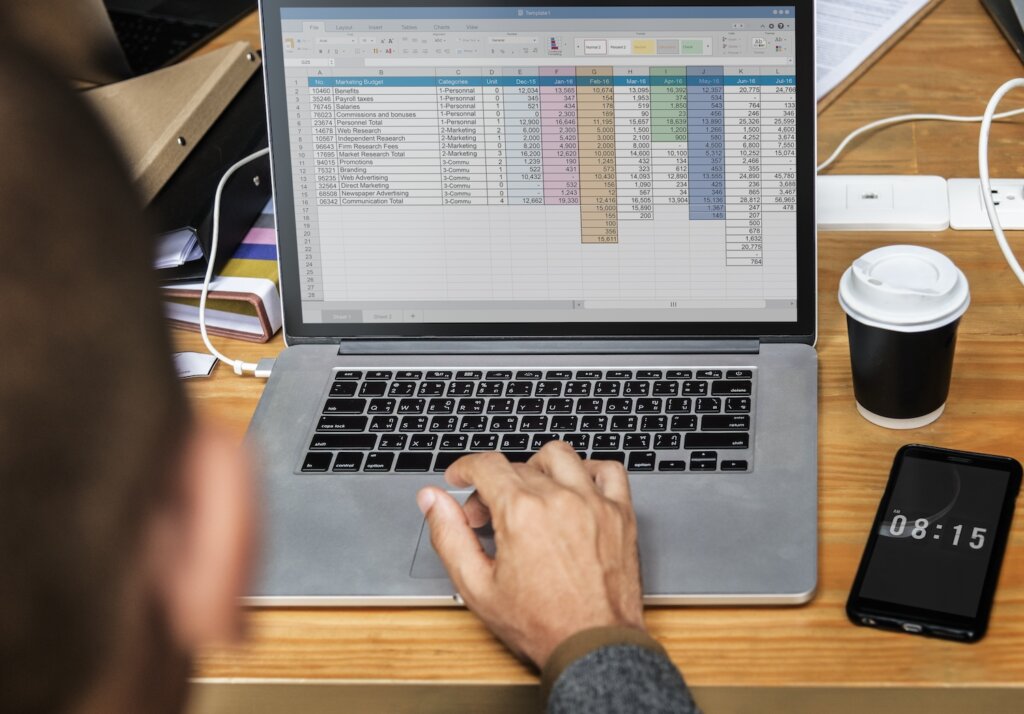Do I need a GST or HST number?
Even freelancers who haven’t yet hit the $30,000 earnings threshold should think about charging the goods and services tax.
Advertisement
Even freelancers who haven’t yet hit the $30,000 earnings threshold should think about charging the goods and services tax.

It’s a perennial question all freelancers wonder: Should I register for a GST or HST number or just not bother?
All self-employed people should bother. Here’s why.
First of all, what are the taxes? The two taxes Canadians charge for goods and services are the goods and services tax (GST) and provincial sales tax (PST). The rate of GST is 5% across the country, while provincial sales tax (PST) varies. In Ontario and the four Atlantic provinces, GST and PST are combined into a harmonized sales tax (HST). Ontario’s HST is 13%. In the four Atlantic provinces, it’s 15%.
Among the provinces that charge PST separately, only Quebec requires that self-employed sole proprietors collect, remit and report it on income over $30,000. The Quebec sales tax (QST) rate is currently 9.975%. Freelancers in the West need only add the 5% GST to their invoices.
Two things make self-employed Canadians hesitate about adding GST or HST to their bill. The first is a widespread belief that you can only register for GST and HST numbers if your freelance business has more than $30,000 in revenue.
This is a myth. If you do bill more than $30,000 over four consecutive calendar quarters (not a calendar year), you will be legally obliged to charge sales tax. But anyone running an independent business can register and charge sales tax, whatever they earn.
The second reason freelancers hesitate is that they think it’s too much of a hassle to register for a GST/HST number, collect the taxes and pay remittances to the governments. It does involve a bit of work, but it’s good business. Here’s why.
When my spouse and I started working as freelance writers almost 30 years ago, we signed up for GST and QST from the get-go, even before we had the faintest chance of earning $30,000. Why? All the other young freelancers around us were wondering if they should bother. We did our research and asked some more experienced people in the field.
The first thing they told us was that charging GST and sales tax would make us look serious. Over the decades, we have seen how true this is. Charging sales tax is smart because success attracts success. Solid, well-established clients generally want to do business with other solid, well-established professionals. Self-employed workers who don’t charge sales tax look like amateurs and fly-by-nights. We are now passing down this wisdom to our own daughter, an aspiring filmmaker whom we hope will register for HST before she graduates from university!
The other excellent reason to charge GST and HST is that it pays off in dollars and cents.
One of the great advantages of being self-employed is that when you charge these taxes, you only give the government what you charged minus the GST or HST you pay on your deductible business expenses.
For freelance writers like us, this is the sales tax we pay on printer paper, internet service, professional development workshops and more. The government lets us in essence deduct the sales taxes we pay on deductible expenses from the sales taxes we charge our clients. We then pocket the difference. The amount we save each year is roughly enough to pay for a trip to Europe.
The good news is that we don’t have to add up every bit of GST and sales tax we pay on our expenses to take advantage of this. That’s because we use the “quick method” for our calculations.
The government gives you two choices for paying GST and PST/HST instalments: the “detailed method” and the “quick method.” With the quick method, you simply pay 3.6% of the 5% GST you collect. In the case of provinces with HST, it’s a percentage of the HST: so, in Ontario, you only pay 8.8% to the government from the 13% you collect.

The advantage of the quick method is that it’s much less work. You must only add up how much sales tax you charge your clients or customers. My spouse and I use the quick method and find it easy to do our calculations with an Excel spreadsheet. There is no need to keep a detailed account of the sales tax you pay on all the pens, paper, printer cartridges and more you claim as deductible expenses.
There’s another bonus to using the quick method. Governments offer a credit of an additional 1% on the first $30,000 of gross revenue. So, for example, in Ontario you pay 7.8% (instead of 8.8%) of the 13% HST you collect for that amount and pocket the other 5.2%. However, if you use the quick method, you must add the credit to your total revenue when you file your income tax return.
The detailed method involves more work, since you must add up the GST and PST/HST you paid on each of your expenses and subtract it from the taxes you collect to determine the amount you have to pay. But this calculation method is useful if your taxable expenses are proportionately high, amounting to roughly more than 50% of your income. The advantage of the detailed method is that you don’t have to add the amount you retain to your revenue when you file your income tax return.
By default, all self-employed workers are assigned the detailed method when they apply for GST and HST numbers. You can immediately apply for the quick method if you have been in business continually for the 365-day period prior to using it, and if your revenues do not exceed $400,000. There is also a list of businesses that cannot use the quick method (e.g., bookkeeping and accounting services, non-profit organizations, charities). Learn more about the quick method of accounting for GST/HST on the CRA website.
How do you apply for a GST or HST number? You don’t need to be incorporated to register for GST and PST/HST. It doesn’t cost anything. Call the Canada Revenue Agency at 1-800-959-5525, or apply online. (If you’re in Quebec, visit Revenu Québec.) There is a simple form to fill out. You will receive your numbers in a few weeks. From then on, include the numbers on your invoices with the amounts you charge.
After you register for GST/HST, there are various ways to file a GST/HST return and make payments electronically. The most convenient way is to open a My Business account with the CRA, which makes it easy to view your account, file your GST/HST returns and remit payments. You can also call the CRA to request a GST remittance voucher. You can then make payments through your financial institution.
You can report your GST/HST monthly, quarterly or annually (most freelancers opt for quarterly or annually). Your filing deadlines depend on your reporting period. If you report quarterly, your filing deadline and payment deadline are one month after the end of the reporting period. For example, the first quarter of the year ends on March 31, so the deadline would be April 30.
If you have opted for the detailed method, you will have to make the exact calculation of what you owe. If you are using the quick method, you pay the CRA according to a simple formula based on your taxable income.
If you are still hesitating about charging GST and HST/PST, remember, charging sales tax is preventive medicine. You might expect $25,000 in revenue this year, but a good contract could push you over the $30,000 threshold (which makes GST and HST registration mandatory). A good surprise could turn into a headache.
When the GST was introduced in 1991, the $30,000 threshold represented a decent income. But it hasn’t changed over the years. Today, even part-time freelancers can find themselves hitting that level of business income. It’s better to start collecting the taxes right away and not worry about what you’ll have to do if business takes off.
Share this article Share on Facebook Share on Twitter Share on Linkedin Share on Reddit Share on Email